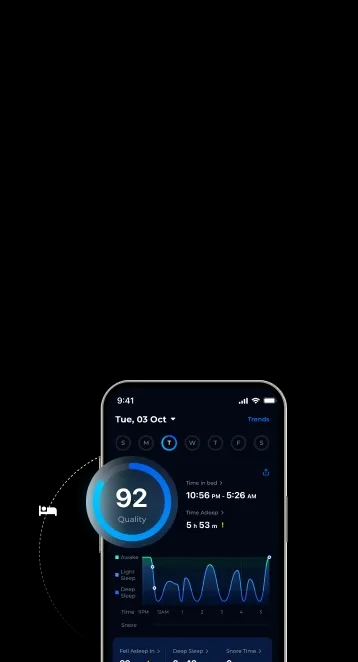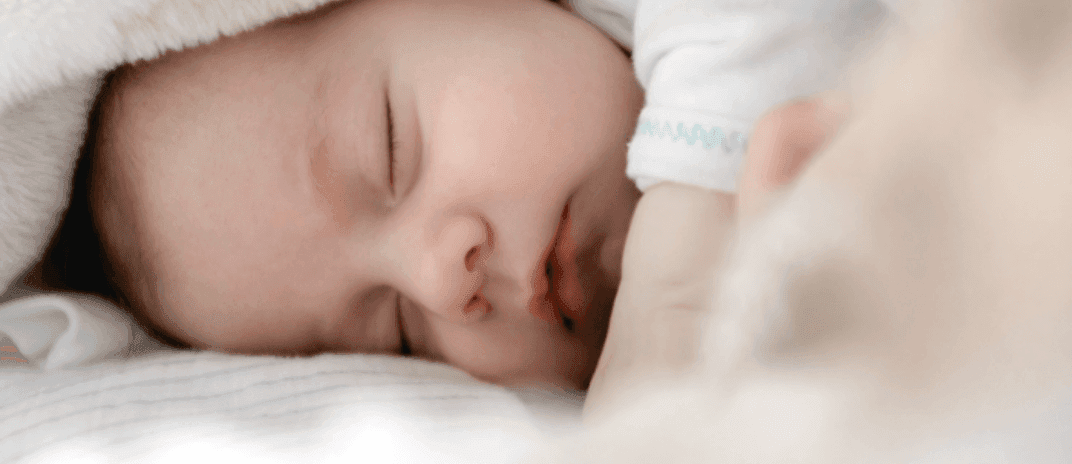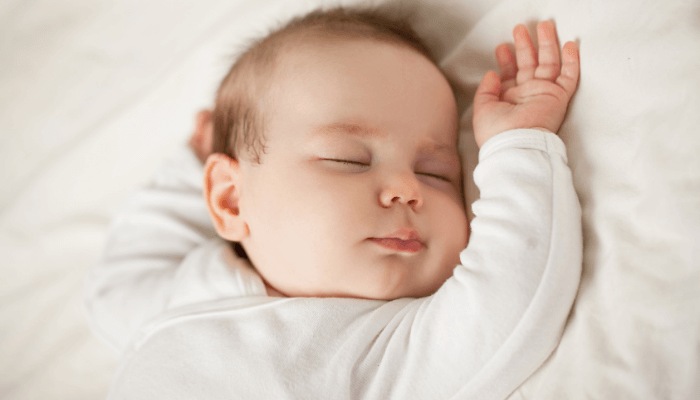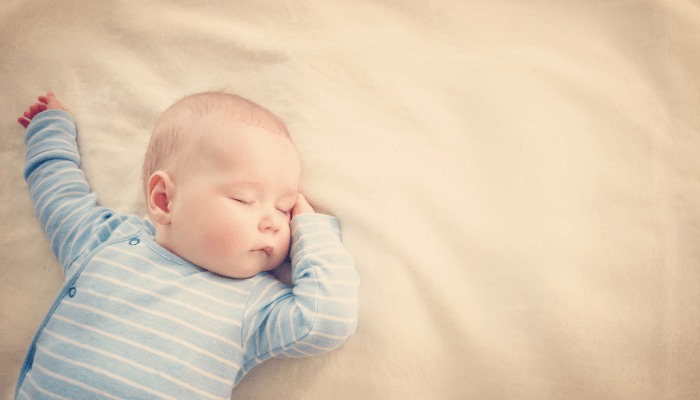


As a parent, the biggest nightmare that you can have is when your baby starts crying uncontrollably. Whenever this happens, it can be a frustrating experience to console and lull them back to sleep. One method to soothe them is by playing sleep sounds. White noise for babies is said to be an effective solution to comfort.
In this article, we will explore how white noise helps babies to fall asleep and examples of white noise sounds for a fussy, crying baby. Keep reading to find out all about it.
White noise is a monotonous and repetitive buzzing sound that is evenly distributed in the entire frequency spectrum.
This means that the power of the frequency is in the entire audible range for humans (20~20000HZ). It is a type of sound that is found in nature or part of an ambient sound.
Some examples are raindrops, waves, waterfalls, fan noise, air conditioners, or hairdryers.
According to research, white noise can be extremely comforting for babies, helping them to sleep better. A study that was published by the Archives of Disease in Childhood in 1990 showed that white noise is helpful for babies’ sleep.
Another research used 40 babies as a sample and found that 80% of the babies fell asleep within five minutes of listening to white noise [1].

Here are some examples of soothing white noise sounds that can help your baby sleep better at night. Feel free to experiment with the different audios and adjust the volume accordingly so that it is not too loud for your baby’s ears and to boost your little one’s sleep.
If you have a fussy baby that cries frequently throughout the day for long hours, it may be a sign of colic [2]. In most cases, it goes away when a baby reaches 6 months of age. A temporary solution for parents dealing with this is to play music or some white noise.
Here, you will find 3 different audios that you can try playing for your colicky baby.
White noise is generally safe for babies and various studies have proven white noise to be an effective solution for putting infants and toddlers to bed [3].
White noise is only bad for babies when it is played above an appropriate volume. Most experts would recommend setting your white noise machine or app at a threshold between 55 to 70 dB (decibels) [4].
Anything above 70dB is potentially dangerous for your baby’s hearing. Unless you are placing it at a safe distance, a few feet away from your baby’s ears, it is best to avoid loud sounds.
Parents may find white noise a very effective method of calming babies. Once babies are born they find themselves in a very different environment from the womb.
They may need a period of acclimation, and will often be made uneasy and irritable by the strange sounds of the “new world”. White noise is similar to the sounds babies hear in their mother’s womb, providing a sense of comfort for a baby.
Which is why it is useful in helping babies to calm down faster and fall asleep more easily.
To maintain a quiet sleeping environment for your baby, you would have to be as stealthy and quiet as possible. An object falling, a knock on the door or your phone alarm going off by accident are all things that can trigger your baby to wake up.
A baby’s hearing tend to be extremely sensitive so they are likely to wake up easily or find their sleep disrupted even at the slightest noise.
White noise can be great for masking any background noise so that your baby can sleep more soundly.
If you are a first-time parent or you are a parent who is new to using sleep sounds for your baby, here is a simple guide on using white noise.

In conclusion, white noise is effective in helping babies fall asleep better at night as it mimics the sound of a mother’s womb and protects a baby from loud external noises. It is a great sleep aid for parents to use, relieving stress associated with a baby’s endless cries.
For more sleep sounds to ShutEye®. ShutEye® offers a wide variety of gentle sleep sounds for both adults and babies to have a good night’s sleep.
You may also like:
Best White Noise Apps for Babies
Baby Crying in Sleep: 6 Reasons and How To Soothe Them
The Most Effective Gentle Sleep Training To Help Your Baby Sleep
Forquer, L. M., & Johnson, C. M. (2005). Continuous White Noise to Reduce Resistance Going to Sleep and Night Wakings in Toddlers. Child & Family Behavior Therapy, 27(2), 1–10. Available at: https://doi.org/10.1300/J019v27n02_01
John Hopkins Medicine (n.d.) Colic [online]. Available at: https://www.hopkinsmedicine.org/health/conditions-and-diseases/colic
Karp, H. (2024) Is White Noise Bad for Babies? [online]. Available at: https://www.happiestbaby.com/blogs/baby/is-white-noise-bad-for-babies
National Library of Medicine (n.d.) Archives of Disease in Childhood. Fetal and Neonatal Edition [online]. available at: https://ncbi.nlm.nih.gov/pmc/journals/150/
Spencer, J. A., Moran, D. J., Lee, A., & Talbert, D. (1990). White noise and sleep induction. Archives of disease in childhood, 65(1), 135–137. available at: https://doi.org/10.1136/adc.65.1.135